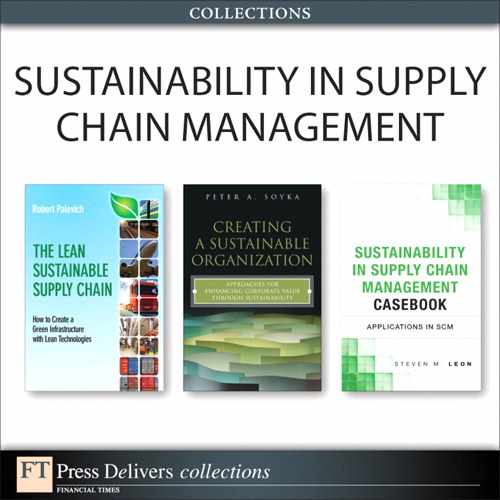Part I: Disaster Response: Social and Financial Impacts
As disaster strikes, the flow of goods, services, information, and money are disrupted, compromising financial and social sustainability. Companies risk not having products at the proper places and in the proper quantities, or finding that their inventories, machines, and factories have been destroyed, resulting in reduced revenues and increased costs. Government and emergency response agencies face many of the same challenges. Financially, this can be devastating to companies that operate in these regions. Even more upsetting, communities are often devastated by these disasters. People often are killed, lose loved ones, and are displaced from their homes and jobs as the disaster demolishes their communities. Are companies responsible to their employees when disaster strikes? As companies reevaluate their location choices, some might choose to leave the devastated area, taking jobs with them. Communities and companies that remain have to rebuild while employees are waiting on the sidelines, out of work, until business resumes.
The first case, “The Armenia Earthquake: Grinding Out an Effective Disaster Response in Columbia’s Coffee Region,” describes the first week of response by the National Disaster System of Colombia to the earthquake that devastated the city of Armenia. Moreover, this case discusses the difficulty and challenges of managing the logistics of emergency and disaster response from a supply chain point of view, particularly the difficulty with coordination and information dissemination.
The second case, “Resilient Response and Recovery at Western Digital: After the Thai Flood,” addresses risk assessment, risk mitigation, and risk response activities so that WD can resume its operations in a cost-effective and time-efficient manner. In addition, responsive operations are introduced that can enable a firm to achieve a speedy recovery after a natural disaster.
The third and fourth cases, “Global Effect of a Natural Disaster on a Lean Supply Network,” and “Honda Automobile (Thailand) and Its Supply Chain Disruption,” examine supply chain disruptions that spread from a local problem to a global one and how companies can withstand the impact. It becomes clear that the impacts of natural disasters spread well beyond the local region; thus, these cases seek to discuss solving current and future crises along the supply chain, and to recognize the impact of supply chain disruption not only on firms’ operations but also on stakeholders and suppliers, including employees and the broader community.
